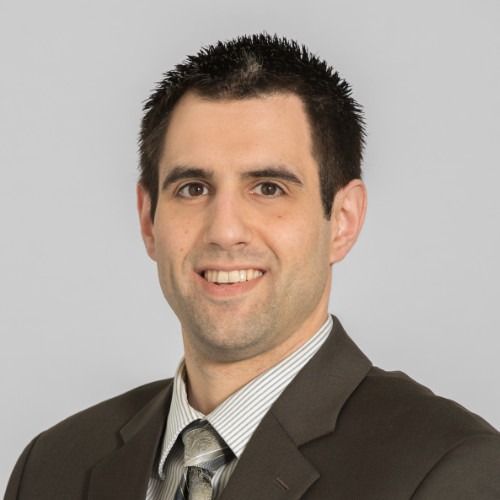Social media lab an unexpected success with AAHSA members
As previewed in last month’s cover story, AAHSA has something a bit different for its members at this week’s annual meeting in Los Angeles: a social media lab—or an intergenerational social media lab, to be precise.
Students from the University of Southern California Davis School of Gerontology have been teaching a surprisingly large and interested crowd of long-term care professionals how to attack social media the only way social media can truly be attacked, from the participation of individuals. After speaking to attendees and AAHSA’s press representatives, I learned the social media lab has sustained heavy, consistent traffic during all open hours on the exhibit floor.
During the show I caught up with Randy Eilts, director of public relations at GlynnDevins, a senior living consultant specializing in PR and media planning, which partnered with AAHSA to make the social media lab a reality. A brief interview ensued.
Kolus: How has the lab been received by show attendees?
Eilts: There’s been lots of questions from people who are interested in learning more about social media. They know it’s something they should probably be thinking about, maybe they’re starting to dip their toes in the water, but there’s a lot of apprehension too. They’re asking, “What if somebody says something bad, how do we address that?” Or, “What if employees at our communities spend all their time on Facebook?” And you know that’s just a matter of you as an organization having a policy in place that everybody understands on how to use social media.
Kolus: Have attendees shown a basic familiarity with any of the social networking sites?
Eilts: A lot of people really get and understand LinkedIn. They get the professional networking thing because it’s not so much about your private life and sharing like that.
Kolus: What about the other sites—is this where the students come in to play?
Eilts: They have it set up so that if you don’t have a Facebook page or an account on Twitter, the students are here to help you get started and attain a basic understanding of how you can use this and make it work.
Kolus: So far it seems to be popular with everyone participating.
Eilts: It’s been very popular. And we tell our clients that when it comes to marketing, don’t give up what works for you. You can’t rely solely on social media to bring in new residents to your communities, but you can take baby steps using social media to enhance what you do that already works.
Kolus: Anything else you learned this week?
Eilts: It’s very fascinating that this is being received so well. A couple of years ago I think people would have walked past going, “I don’t get it, I don’t understand it.” But you hear about social media all the time and so people are finally figuring out, maybe I need to understand this a little bit more.
For more observations about what participants are saying of the AAHSA social media lab, read the GlynnDevins blog here.

Kevin Kolus wrote for I Advance Senior Care / Long-Term Living when he was an editor. He left the brand in 2012. He is now senior communications manager at Cleveland Clinic.
Related Articles
Topics: Articles











